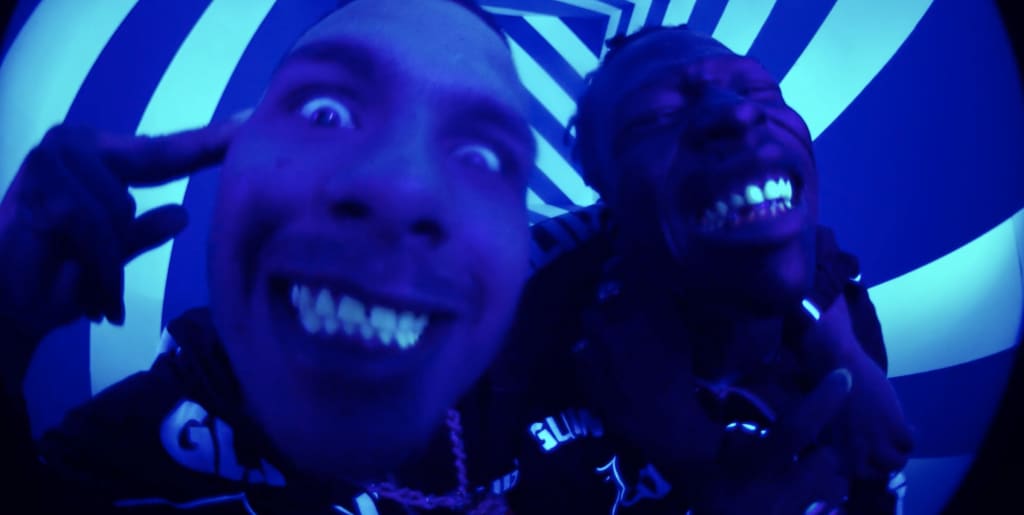#The Slow-Fast Effect in ‘Chungking Express’ Explained

Table of Contents
“The Slow-Fast Effect in ‘Chungking Express’ Explained”

The Criterion Collection
Welcome to The Queue — your daily distraction of curated video content sourced from across the web. Today, we’re watching a video essay that unpacks how (and why) Chungking Express creates its iconic slow-but-fast effect.
Released in 1994, Chungking Express tells the story of two policemen in Hong Kong reeling from their respective breakups. Then each of them falls in love, the hot-headed Cop 223 (Takeshi Kaneshiro) with a wig-sporting femme fatale who turns out to be a deadly drug dealer and the melancholic Cop 663 (Tony Leung) with an ethereal server at a takeaway restaurant. Despite the similarities of their stories, both men have very different relationships with time … and with the way that time inflects their relationships.
Where Cop 223 is decisive and action-oriented, Cop 663 lacks initiative and is a bit of a slow-mover, preferring to give himself over to the regularities of routine than to leap headfirst into the unknown. Chungking Express is a story (well, two stories) keenly interested in time, habits, and expiration dates. This is, as is the case with much of Wong Kar-wai’s work, no doubt another refraction of the director’s career-long interest in reifying the anxieties of the infamous British lease on his homeland; a looming deadline that permeated every aspect of local life.
Both of the stories (and policemen) in Chungking Express have very different relationships to the experience of time. And both stories’ cinematographers — Andrew Lau and Christopher Doyle — capture those different experiences with powerful variations of a striking visual trick: a trippy slow-but-fast-motion effect.
As the video essay below explains in further detail, the effect is the result of two related processes: step printing and under-cranking. To make a long story short (and to avoid spoiling too much of the video), step printing has to do with how many frames we’re seeing and the under-cranking affects the blurriness of the movement. But as with most technical explanations, seeing (rather than reading) how things are done is always more fun. So, without further ado:
Watch “How did they do this in Chungking Express?”:
Who made this?
This video essay on the slow-but-fast effect in Chungking Express is by Canadian video essayist Alex Boucher. Their videos cover a wide range of topics, from filmography rankings to more theoretical essays and opinion pieces. You can subscribe to their YouTube account here. And you can follow them over at Letterboxd here.
More videos like this
Related Topics: Chungking Express, The Queue

Recommended Reading
If you liked the article, do not forget to share it with your friends. Follow us on Google News too, click on the star and choose us from your favorites.
For forums sites go to Forum.BuradaBiliyorum.Com
If you want to read more Like this articles, you can visit our Social Media category.




